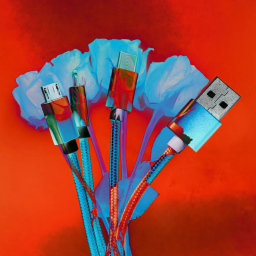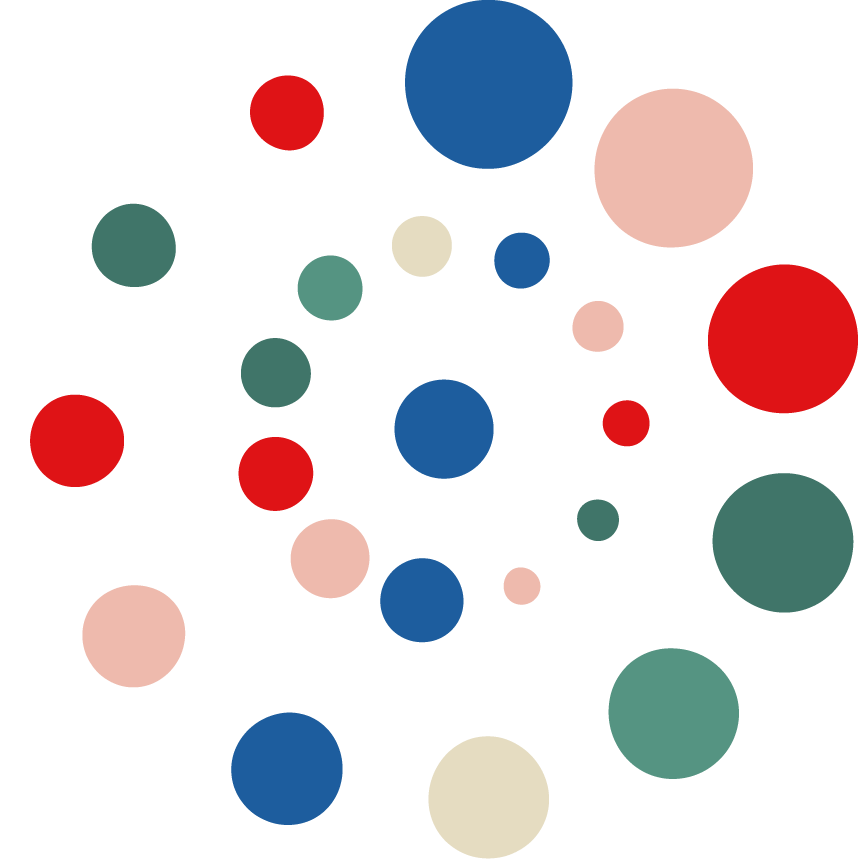Friction of Creation for Social Dynamics of AI Tools
Weeknotes 359 - Friction of Creation for Social Dynamics of AI Tools - What is the needed friction, and what social mechanics are driving tools like Sora 2? And the latest news of last week in human-AI-things co-performances.
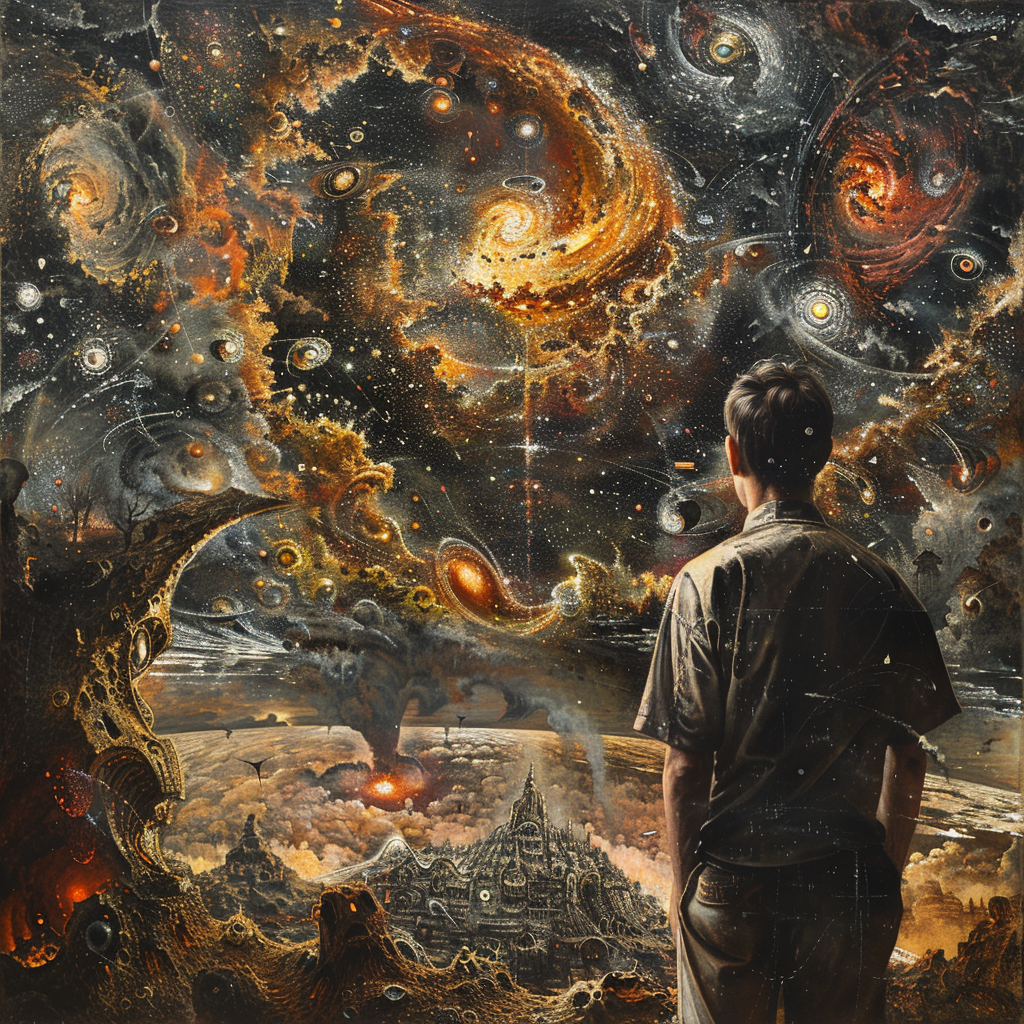
Dear reader!
Week 359: Friction of Creation for Social Dynamics of AI Tools
As I was still on vacation, I was somewhat distanced from the news. I was in Norway, enjoying nature and rituals that have been there for ages. At the same time, it is no surprise that the digital self-service was even more default. Easy for some things, like deciding to take a bus, but sometimes also too much in restaurants you do not expect it from.
I doubted last week about sending out the rough thoughts on Sora 2 and Alien Intelligence. It deserved more time, but I found it nevertheless good to share. I promised a complete newsletter this week, but that was too optimistic. Let’s see how it turns out. I used some of my go to source to catch up on the missing news, but focused on last week as always.
One of the main events for this week is the Society 5.0 Festival on Wednesday and Thursday, as I do also a workshop on Thursday that is a natural follow-up from the Design Charrette just before the vacation. Next to that the next December edition of ThingsCon demands attention (check the latest landingpage: RESIZE < REMIX < REGEN). And I the thinking about the Cities of Things did not stop in the last week, time to catch up.
This week’s triggered thought
I've been thinking about the relationship between creative tools, AI, and the social dynamics that emerge around them. It started with a conversation on the Dithering podcast between Ben Thompson and John Gruber about what makes tools feel creative. They drew a sharp comparison to GarageBand, which has been deeply connected to Apple's DNA of empowering makers. When Steve Jobs introduced GarageBand years ago, he celebrated the art of creation without requiring professional expertise. The question they posed: Could AI serve a similar function as a "tool for the mind"? This connects naturally to the growing excitement around Sora, where people are using AI video generation to transform ideas into creative works without being professional filmmakers. What's emerging isn't just tool usage, but something more like co-performance – a genuine collaboration between human and machine that produces something new. In this emerging partnership, creation becomes almost a social act.
This idea of creation as a social act is interesting to connect to a TED Talk I accidentally ran into – "The social lives of viruses" by Asher Leeks. While we typically view viruses as individual entities that can reproduce effectively, Leeks argues that viruses can only survive by developing social behaviors.
Viruses rely on social interactions for their most fundamental biological processes: reproduction and survival. This dependence means that viruses, just like other life forms, experience the evolutionary forces of cooperation and conflict.
Leeks places this in the context of fighting future pandemics, when we uncover a hidden world of viral diversity. It made me think about how we sometimes forget that the social dynamics of tools like the new Sora are not just about the distribution of videos but are much more about creating in a socially engaging context. Communities – their dynamics, behaviors, and collective intelligence – are crucial for bringing new things into existence. The social power of communities, whether existing or newly formed, offers immense potential.
In the earlier-mentioned workshop/charrette, before my vacation on civic protocol economies, we discussed building cooperatives. One initiative, DisCO Coop, has developed seven principles for cooperative building that also seem relevant here. Among these principles, one stands out in particular: "Rebalancing the scale, rethinking global and local economies. Physical production is kept local while knowledge, resources and values are shared globally."
This principle captures what we need for AI tools and communities: activities and creation remain grounded in local contexts and needs, while knowledge and learning flow freely across borders. The communities forming around these tools can be widespread and diverse, yet they function best when rooted in specific interests or vocational spaces. The knowledge gained through practice becomes shared globally – essentially an open source approach to collective intelligence.
This social traction and local scale connects also to an insight on how the current AI tools create different digital economic models. Check a discussion between Tim O'Reilly and Sam Newman where they observe that AI is changing the economics of software in a fundamental way. For decades, we've operated under the assumption that digital products have negligible marginal costs – once created, each additional newsletter or piece of software costs almost nothing to distribute. AI disrupts this model by introducing real costs per use. Every computation, every query, every token processed incurs actual costs.
Friction is needed for that social mechanics, and for the instant compute that is needed all the time. What connects these threads – creative tools, social dynamics, cooperative principles, and shifting economics – is a vision of AI that's fundamentally social rather than purely individual. The most powerful AI tools won't just be those with the most advanced models, but those that best integrate with human communities, balance local creation with global sharing, and transform the economics of digital creation into something more tangible and intentional.
Notions from last week’s news
The pace of new introductions by OpenAI feels almost compulsive. Curious to find out more, reading (or listening while walking) the Empire of AI book…
Shopping, Pulse, Sora 2 of course, parental controls, bias, and biases. And not to forget the agent builder AgentKit. The roadshow of Dev Days by Sam Altman, for instance, with Ben Thompson. Some think it was underwhelming.
The whole development with AI infrastructures, in a literal sense, the physical components, is certainly important to follow. We see, for instance, the new collaboration of AMD and OpenAI, and earlier NVIDIA, and at another level, Qualcomm and Arduino (via Edge Impulse). Earlier, ASML and Mistral showed the importance of connecting layers. AI, agentic, and the physical space are the core interests of this newsletter, after all. And the impact of technology.
The bubble is a hot theme, too. Is the bubble a financial one, a functional one, or a cultural one? Or all above?
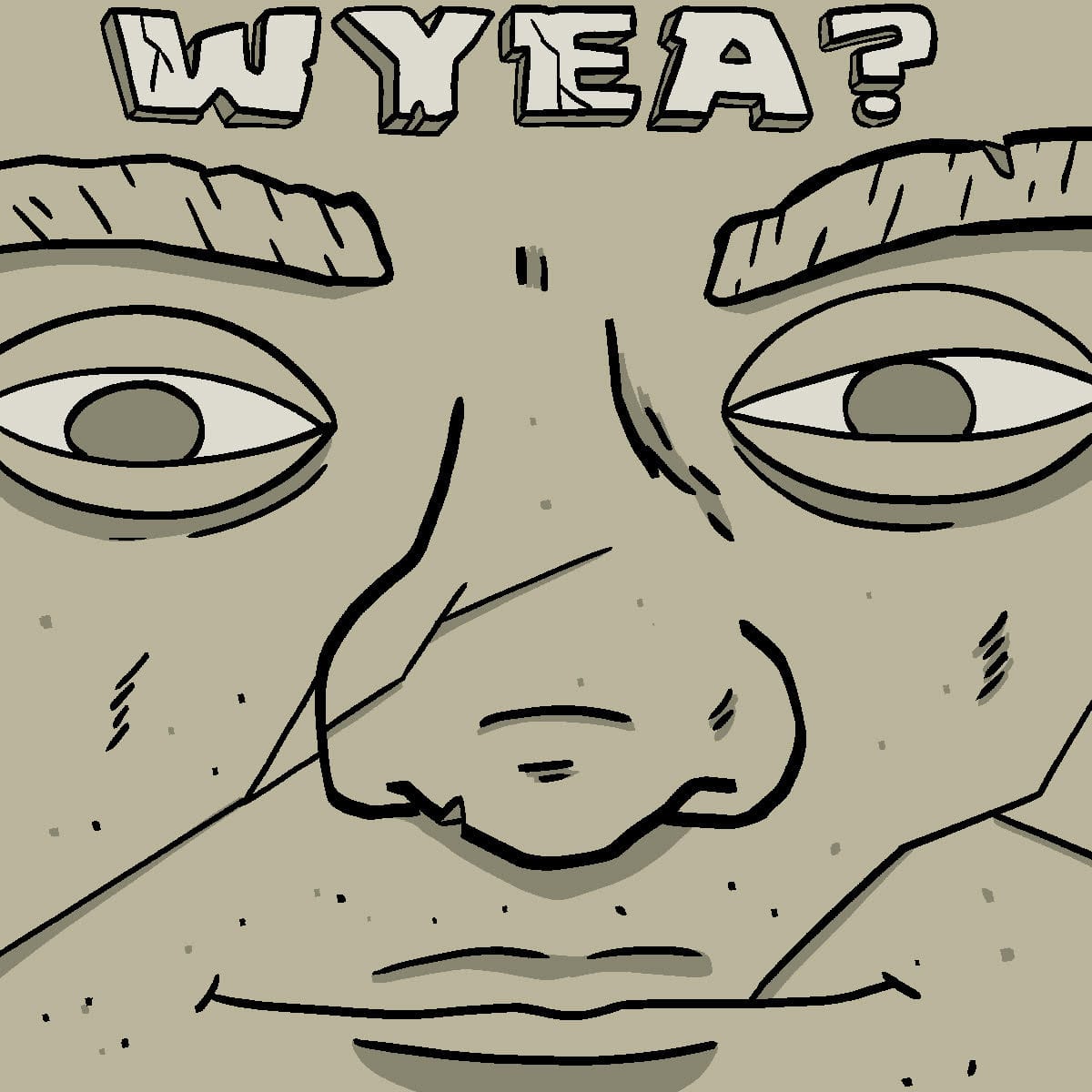

Furthermore, browsing the last weeks, I see a new delivery bot, and another. The radar of O’Reilly gives an overview of September.
Human-AI partnerships
Proactive advertisement is a returning story in every wave of digital.

Love companions and the potential harm

Sora 2 is also potentially more slop.
Some AI architecture: comparing MCP and A2A. And ACE.
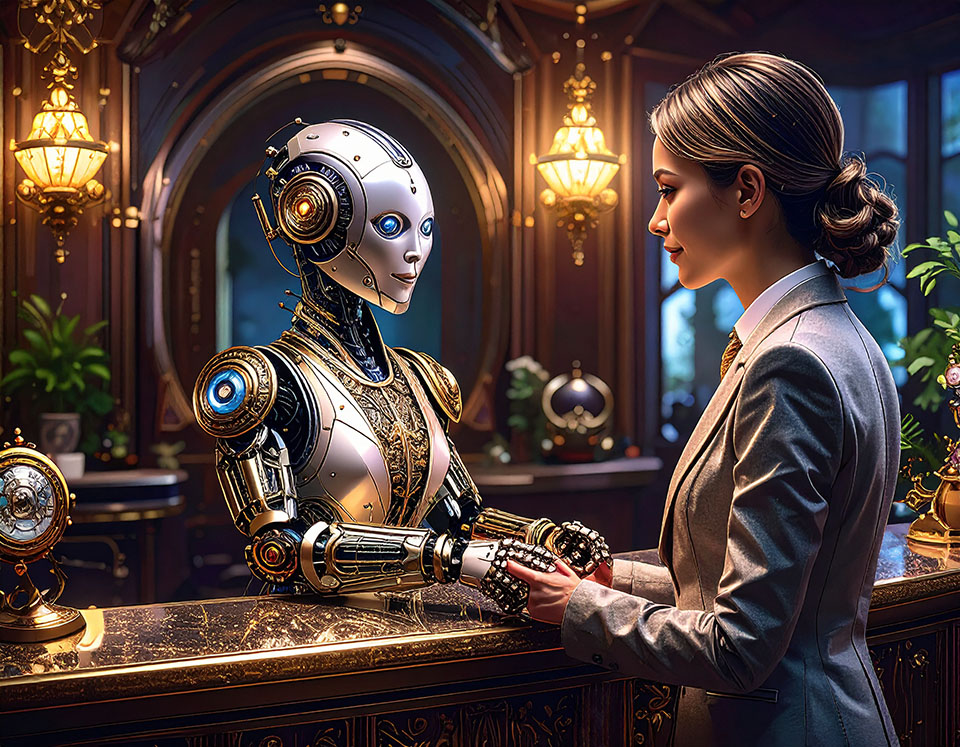

Smugged Intelligence, are we training our replacements?
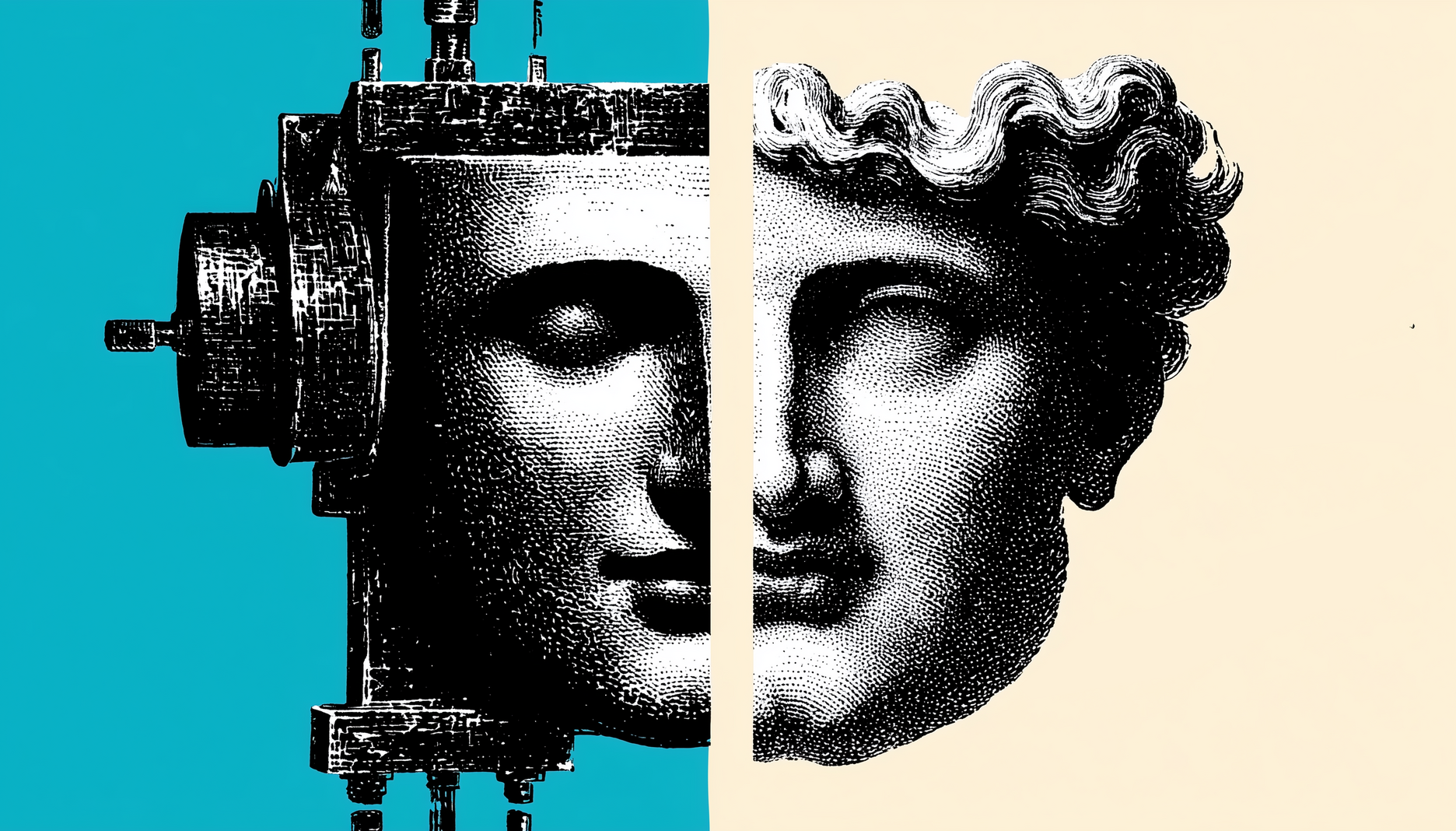
Deep future planning with AI

Robotic performances
A new Figure version. Prepared for mass production?


bolder.
FSD should be bolder to be a good party for humans. But not too bold.

Painting without ladders.
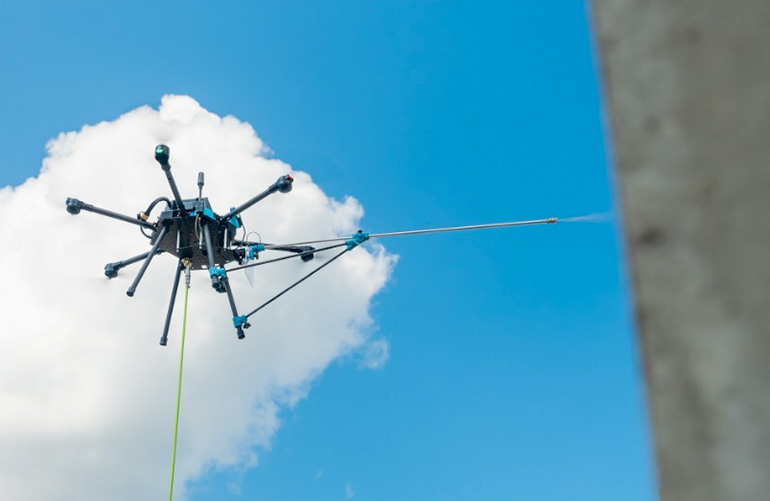
Intel inside. Robots.

Imagination language without imagination

Immersive connectedness
Gemini for the home, AI in a hub. And Amazon plans similar.

The basics: connecting to standards
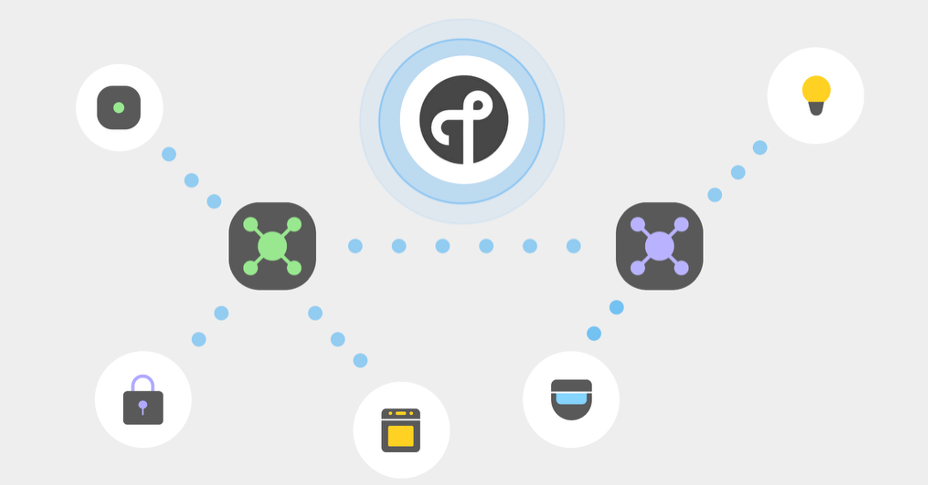
Stabilizing connections in a crowded wifi clowd.

Returning importance of batteries in our digital life.

Tech societies
On the reading list: Prophecy and the future coding

Emotional surveillance with AI
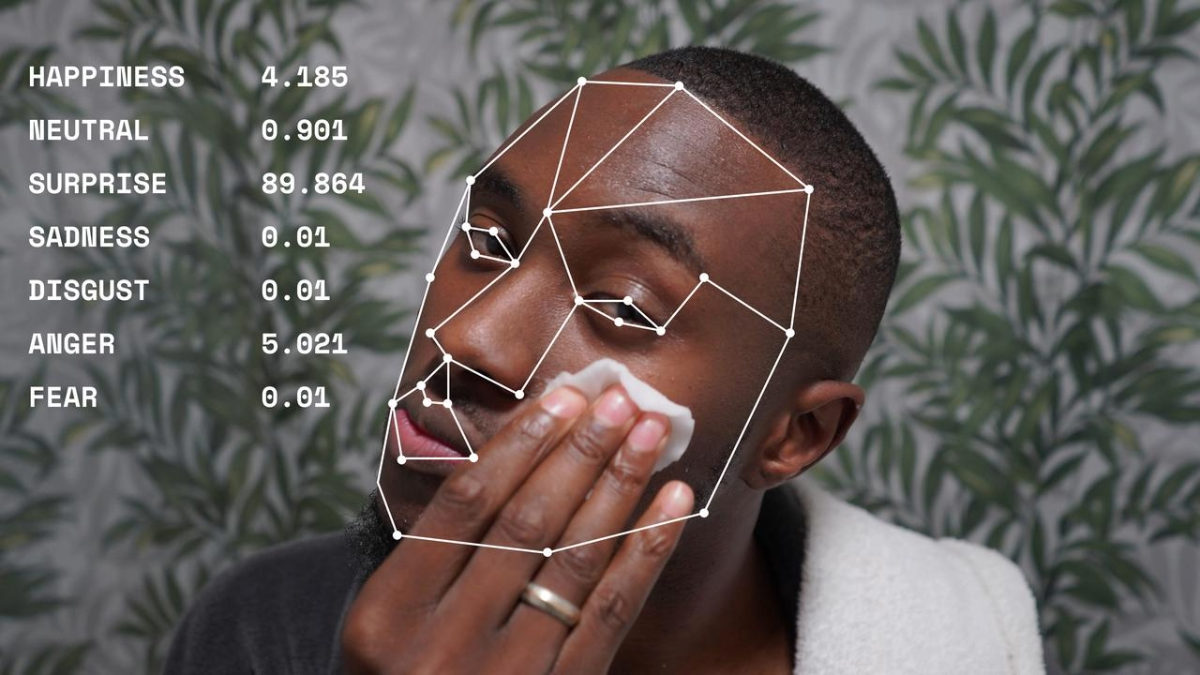
Sustainable architecture by design.

Generative AI’s Productivity Myth
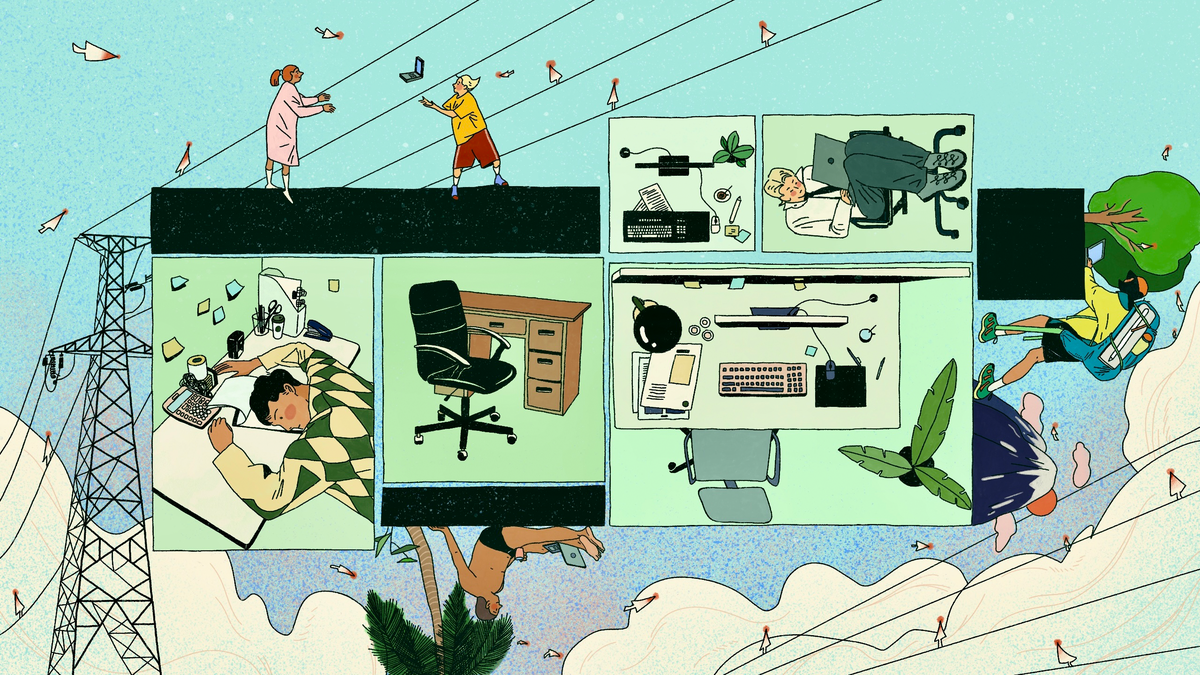
Beyond the bubble is the crash.

The right to be forgotten.
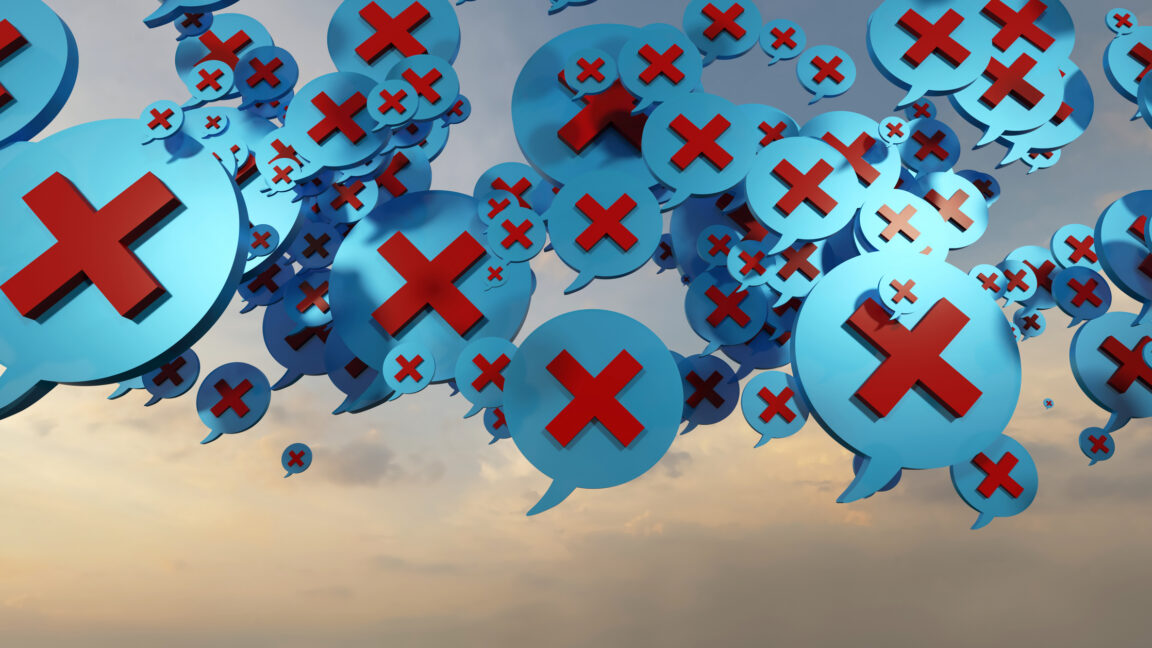
Weekly paper to check
Some years ago, we organized gatherings for Tech Solidarity. There is a paper about this phenomenon of labor activism with tech workers now: Unlikely Organizers: The Rise of Tech Worker Labor Activism
Using an original data set, the authors demonstrate how, in the case of tech workers, periods of intense workplace social activism preceded later periods of heightened labor activism. Regression analysis confirms that participation in social activism increases the likelihood of labor activism six months to one year later at the same company.
Tan, J., Luka, N., & Mazo, E. (2025). Unlikely Organizers: The Rise of Tech Worker Labor Activism. ILR Review, 0(0). https://doi.org/10.1177/00197939251375319
What’s up for the coming week?
This week as said, check out Society 5.0 Festival in Amsterdam. Or today IoT London.
Dutch Design Week is starting this weekend. Always a week full of events and too little time to check out everything. I will be trying to check Expos in the Klokgebouw, CLICKNL Design Innovation Sessions, Manifestations, Talents at MU, NADR, MAD/Stadslab, How Design Works, and Design and AI Symposium. But I still need to dive into it more…
And when you happen to be in Venice: Visual Thinking expo.
Sensemakers AMS on Digital Twins & Digital Game changers.
Have a great week!
About me
I'm an independent researcher through co-design, curator, and “critical creative”, working on human-AI-things relationships. You can contact me if you'd like to unravel the impact and opportunities through research, co-design, speculative workshops, curate communities, and more.













